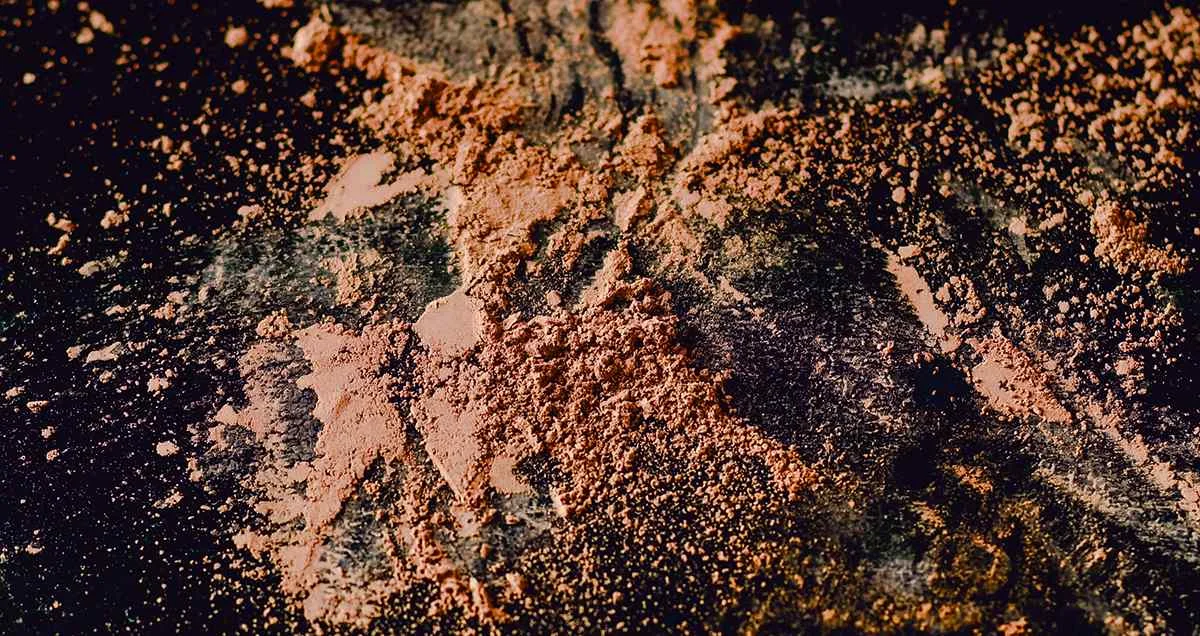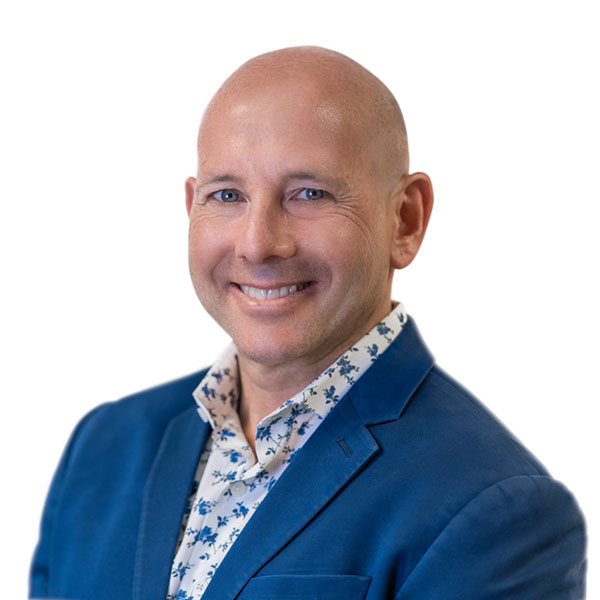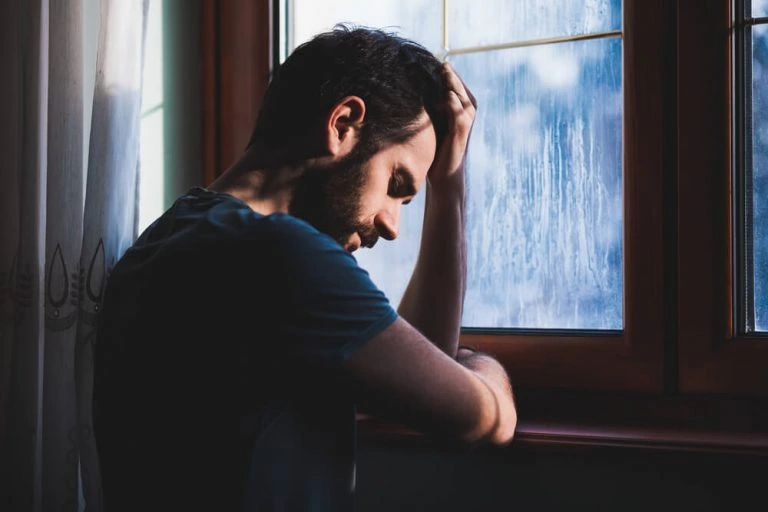Ibogaine
Other Names: bitter grass, iboga, Leaf of God, Thie-pelakano

Ibogaine, a naturally occurring substance found in the plant Tabernanthe iboga, is a psychoactive drug that is being used in many parts of the world as an adjunct to other pharmacotherapies for the treatment of substance abuse. In the United States, it is listed as a Schedule I drug and is therefore considered illicit. Continue reading to know more about ibogaine’s history, the drug’s mechanism of action in the body, the symptoms and dangers of ibogaine use disorder, and how addiction to ibogaine is treated.
A Brief History of Ibogaine
Ibogaine can be isolated from the roots of Tabernanthe iboga, a perennial rain-forest shrub found mostly in West Africa. In Africa, iboga is part of the Bwiti initiation ritual, a ceremonial rite of passage where young men and women of the Bwiti religion take large doses of iboga for the first time as they begin their teenage years.
Ibogaine’s potential as treatment for opioid dependence was first discovered in 1962 by Howard Lotsof, an American scientific researcher who was then suffering from heroin dependence. Lotsof accidentally discovered the anti-addictive properties of ibogaine when he and six other friends, who were also heroin-dependent, ingested the bitter-tasting white powder substance. He reported that five of them immediately quit heroin thereafter. Lots of subsequently originated patents for the use of ibogaine in the treatment of substance use disorders such as in cocaine, opioids, alcohol, amphetamine, and nicotine.
Ibogaine was first introduced in the French market as a 200mg tablet. By the early 20th century, ibogaine was being used as a neuromuscular stimulant at a dose of 2 to 4 tablets a day.
How Does Ibogaine Work in the Human Body?
Ibogaine exerts its anti-addictive properties by blocking morphine- and nicotine-induced dopamine release in the brain, thereby decreasing the extracellular levels of dopamine found in the central nervous system (CNS). Dopamine is a neurotransmitter that plays a role in abuse and dependence by partaking in the “reward pathway” of the brain. Ibogaine also binds to kappa-opioid and N-methyl-D-aspartate (NMDA) receptors in the CNS, which is believed to contribute to ibogaine’s effects on opioid, cocaine, and amphetamine self-administration. Meanwhile, ibogaine’s serotonergic properties have been found to play a role in decreasing alcohol intake. Ibogaine also binds to nicotinic receptors, which is responsible for mediating reduction in nicotine dependence.
Ibogaine is considered an illicit drug in the United States because of its psychoactive properties that produce euphoric and hallucinogenic effects, which make it potentially addictive. While it has yet to receive approval from the US Food and Drug Administration for the treatment of substance use disorder, several clinical studies have shown that a single large-dose of ibogaine is effective in reducing withdrawal symptoms and cravings among individuals suffering from addiction.
How Is Ibogaine Taken or Administered?
Unlike other pharmacotherapies which usually require a maintenance dosing regimen, ibogaine is typically administered as a single-dose, as needed treatment as an adjunct to other pharmacological interventions for addiction. Administering ibogaine this way helps reduce adverse effects and other possible complications associated with long-term ibogaine use.
At present, there is no consensus as to the recommended dose of ibogaine. However, one study has shown that a single dose of 500 to 800mg ibogaine might be effective in reversing drug dependence. Another study done in a rehab facility has shown that a dose of 17 mg/kg is beneficial for people suffering from addiction.
What Are the Immediate and Long-Term Effects of Ibogaine Use?
Ibogaine is safe and tolerable when taken orally and in therapeutic doses. Like any other drug, however, ibogaine may produce mild, acute adverse reactions such as:
- Nausea and vomiting
- Headaches
- Tremors
- Body incoordination
- Mental confusion
Manic episodes lasting for up to 2 weeks may also occur, and may manifest as:
- Irritability
- Sleeping disturbances
- Impulsivity
- Delusions
- Aggressiveness
- Suicidal ideation
When taken in large doses and without medical supervision, ibogaine can produce adverse drug reactions that range from mild to life-threatening, such as the following:
- Low blood pressure
- Irregular heartbeat
- Difficulty of breathing
- Anxiety
- Hallucinations
- Paralysis
- Seizures
- Heart attack
Signs of Ibogaine Use Disorder
As a Schedule I drug, ibogaine is associated with a high risk for misuse and abuse that can lead to drug dependence, and eventually, addiction. The Diagnostic and Statistical Manual 5th Edition (DSM-5) Criteria for Substance Use Disorders (SUD) lists four major pathologic behaviors manifested in ibogaine use disorder:
- Impaired control
- Social impairment
- Risky use
- Pharmacological indicators (tolerance and withdrawal)
Under these categories are the 11 criteria necessary for the diagnosis of ibogaine use disorder:
Impaired Control
- Using ibogaine in high doses or amounts or for a longer period of time than necessary
- Not managing to stop or reduce ibogaine use despite several attempts
- Spending a lot of time getting, using, or recovering from ibogaine
- Feeling strong cravings for or urges to use ibogaine
Social Impairment
- Ibogaine use causes problems at work, school, or in the family, which may manifest as poor performance, financial liabilities, or absenteeism
- Ibogaine use causes problems in interpersonal relationships
- Ibogaine use causes one to miss out on important social and recreational activities
Risky Use
- Continuous use of ibogaine in the midst of a hazardous or high-risk situation, such as while operating heavy machinery
- Continuous use of ibogaine despite exacerbation of existing medical conditions or it causing new ones
Physical Tolerance
- Requiring higher doses or a more frequent intake of ibogaine to maintain or achieve its desired effects (tolerance)
- Developing withdrawal symptoms after abrupt cessation of ibogaine use (withdrawal)
Rehab and Treatment for Ibogaine Use Disorder
As mentioned above, ibogaine is considered an addictive substance. Taking ibogaine in supratherapeutic doses or without the guidance of a medical professional can lead to tolerance and dependence, which can lead to addiction when not caught early. Thus, one of the most critical steps in treating ibogaine addiction is early recognition of the signs and symptoms that might be indicative of substance abuse. The DSM-5 criteria listed above are a useful tool in determining whether one has developed ibogaine use disorder.
Prompt recognition of one’s risk for addiction allows for early institution of appropriate interventions. Studies have shown that early intervention increases success rates among individuals being treated for addiction, so the earlier these signs and symptoms are caught, the better chances there are at recovery.
In most cases, ibogaine use disorder can be treated using a combination of medical and non-medical interventions that aim to encourage abstinence and reduce relapse rates among patients. Generally, treatment begins with a process called detoxification, or detox. The goal of detox is to flush out all the ibogaine that has accumulated in the body over chronic misuse and to reverse the body’s physical dependence to the drug. This can be done by slowly weaning the patient off the drug over a period of several weeks. Abrupt termination of ibogaine after long-term use is not recommended under any circumstance as this can lead to life-threatening withdrawal symptoms. Drug replacement therapy may also be initiated, wherein ibogaine is replaced with an alternative drug that has the same benefits but with a much lower risk for abuse.
Because undergoing detox can be a difficult process especially for those with chronic addiction, non-medical strategies are also available to provide emotional, mental, and psychosocial support to patients. Some of the most widely used strategies in rehabilitation include counseling and psychotherapy.
Counseling
Counseling can be done either by a licensed professional or someone who has successfully recovered from addiction. The goal of counseling is to provide patients with a supportive and nurturing environment where they can feel safe and secure as they undergo rehab. Counseling has long been known to increase recovery rates, especially when used in conjunction with pharmacotherapy.
Psychotherapy
The two most common forms of psychotherapy used in rehab are cognitive-behavioral therapy (CBT) and psychodynamic therapy. Under CBT are more specialized programs such as relapse prevention (RP) therapy. In RP, the clinician and the patient work together to identify possible relapse triggers and to plan ways to overcome these triggers in a healthy manner. Psychodynamic therapy, on the other hand, aims to enhance a patient’s self-awareness to guide them into recognizing problem areas in their life that predispose them to addiction.
The key to a successful recovery is providing patient-centered treatment that addresses the individual needs of the patients. Thus, a comprehensive history-taking and physical examination as well as complete laboratory workups must be done in order to ensure that the interventions to be instituted will cater to the patients’ concerns.
Get the Help You Need
We at Better Addiction Care believe that everyone suffering from addiction deserves the best quality of care and treatment. Together with thousands of our partner drug and alcohol rehab facilities across the country, we are doing our best to provide you with up-to-date resources on addiction and reliable referral services for you or your loved one who might be experiencing substance abuse. It’s never too late to begin a brand-new life. Contact us now for more information.








